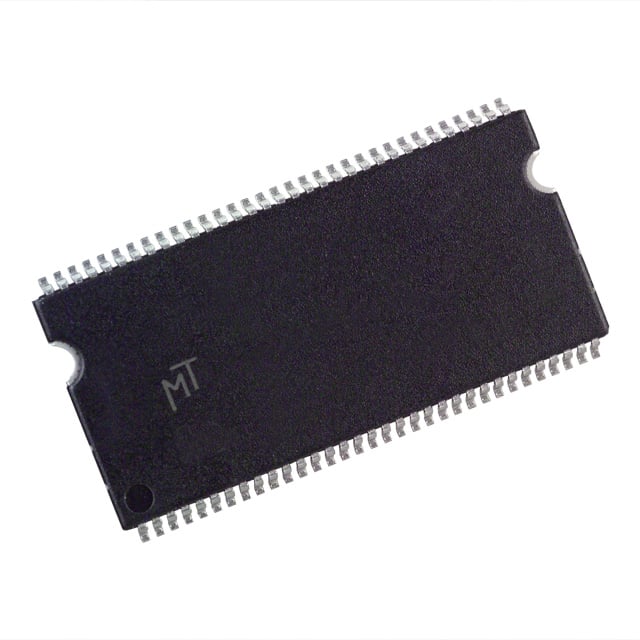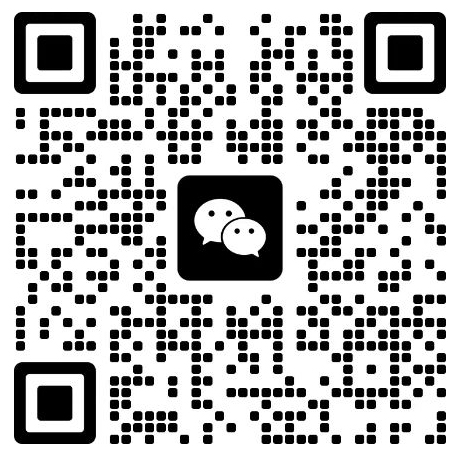The difference between RDRAM and SDRAM
 2022-02-16 11:05:22
2022-02-16 11:05:22  1305
1305RDRAM and SDRAM
SDRAM (Synchronous Dynamic Random Access Memory) is a popular type of memory in the past and is the predecessor of the DDR SDRAM modules we use on desktop computers today. RDRAM (Rambus DRAM) is another type of memory that can be used as an alternative to SDRAM. The most significant difference between the two is the price. Extremely high manufacturing costs and licensing fees make RDRAM modules ridiculously expensive, ranging from two to three times the cost of SDRAM modules.
High licensing costs make it difficult for other companies to use RDRAM. During a short stay on a desktop computer, it is only available on Intel systems. One factor contributing to high manufacturing costs is the way memory modules are manufactured. Each RDRAM memory chip contains an integrated memory controller. This is very different from the SDRAM memory module, where a single memory controller sits on the northbridge chip of the motherboard.
Despite the extremely high price, benchmarks show that RDRAM modules are only slightly superior to SDRAM modules. This is done through tests that simulate tasks that desktop users complete on a regular basis. On workstations with completely different tasks, the performance gains are even more significant.
RDRAM has some quirks that you can't find on SDRAM modules. RDRAM modules need to be used in pairs, unlike SDRAM modules that can be used separately. The workaround for having users use a single RDRAM module is to put it with CRIMM. This is an RDRAM module board without a memory chip. It simply allows RDRAM to terminate properly and work as expected. RDRAM modules also operate more heat than SDRAM modules. To alleviate the heating problem, the RDRAM module is always equipped with a heat sink, making it bulky.
Wraparound:
1. RDRAM is much more expensive compared to modern SDRAM memory modules.
2. RDRAM only appears on Intel computers and exists briefly on desktop computers, while SDRAM is used by everyone.
3. RDRAM embeds a memory controller on each memory chip, while SDRAM uses a single memory controller located on the north bridge of the motherboard.
4. RDRAM yields marginal gains in performance for everyday tasks compared to SDRAM.
5. RDRAM modules can only be used in pairs, while SDRAM modules can be used separately.
6. RDRAM modules run thermally higher than SDRAM modules.








